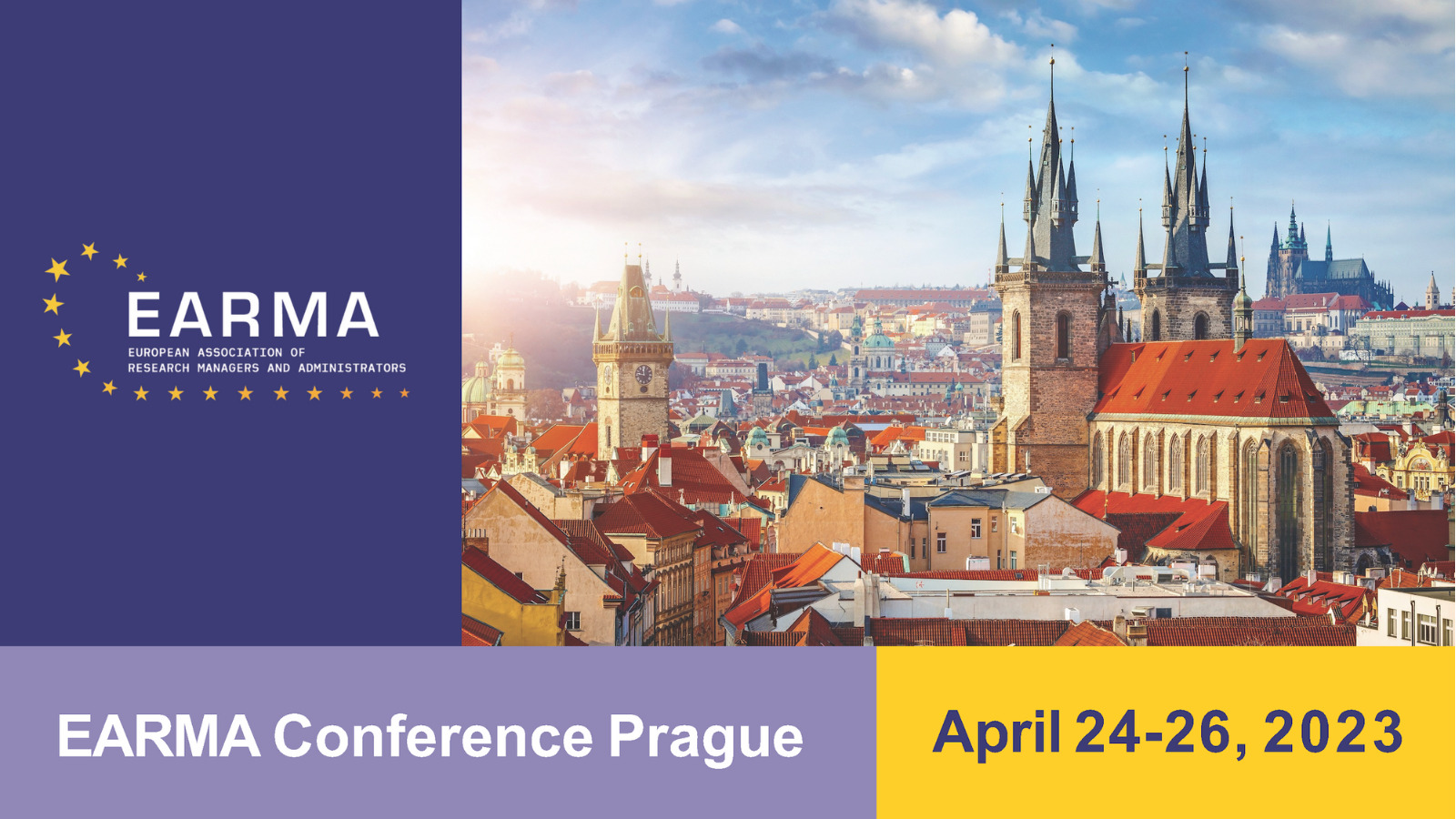Synergies to Support the Innovation Cycle
Ensuring the adequate funding and financing for Science Based Innovation
Conference
Format: Pecha Kucha
Topic: Policy, Strategy, Evaluation and Foresight
Session: 🥎🟢 Pecha Kucha on Policy, Strategy, Evaluation and Foresight & Proposal Development
Wednesday 26 April 11:30 a.m. - 12:30 p.m. (UTC)
Abstract
The diversification and sophistication of the scientific and technological development, both in terms of areas and geographies, combined with an increasing importance of science based innovation to the competitiveness of companies, sectors, regions and countries, is boosting more private and public investments in research and innovation.
Complementary, the acceleration and renewal/substitution rate of the scientific knowledge, related technologies and resulting innovations is adding even more pressure for new investments but, at the same time, reducing the period to achieve the respective payback, thus boosting the economic and financial risks involved.
To reduce the risks of such critical investments, governments are implementing an also growing number of policies and supporting programmes and funding instruments, addressing the entire innovation cycle, targeting mainly the most vulnerable and/or challenging stakeholders (SME’s and start-ups), activities (lower TRLs, entrepreneurship) or sectors and geographies (emerging/high-tech sectors, less developed regions).
In Europe, a significant number of such policies and programmes exist, at European, national and regional level, resulting in a quite complete and diversified funding and financing framework that stakeholders can use to support their activities and investments.
A synergetic utilization of this complementary set of programmes and instruments can provide stakeholders with a significant level of support for their activities. The importance of this topic led the European Commission to publish recently a guide on synergies between ERDF programmes and Horizon Europe, precisely to help public authorities and stakeholders to better understand and use the available funding and financing landscape.
But to take full advantage of these opportunities, RMA face several challenges, including:
• Get the necessary information to understand the different programmes and related instruments.
• Develop a funding and financing chart, mapping the several opportunities across the innovation cycle (particularly for the most relevant activities).
• Integrate in the project planning process the availability (timing) of the different funding and financing programmes and related instruments.
This session will address this theme by describing its several dimensions and illustrate them with concrete examples.


